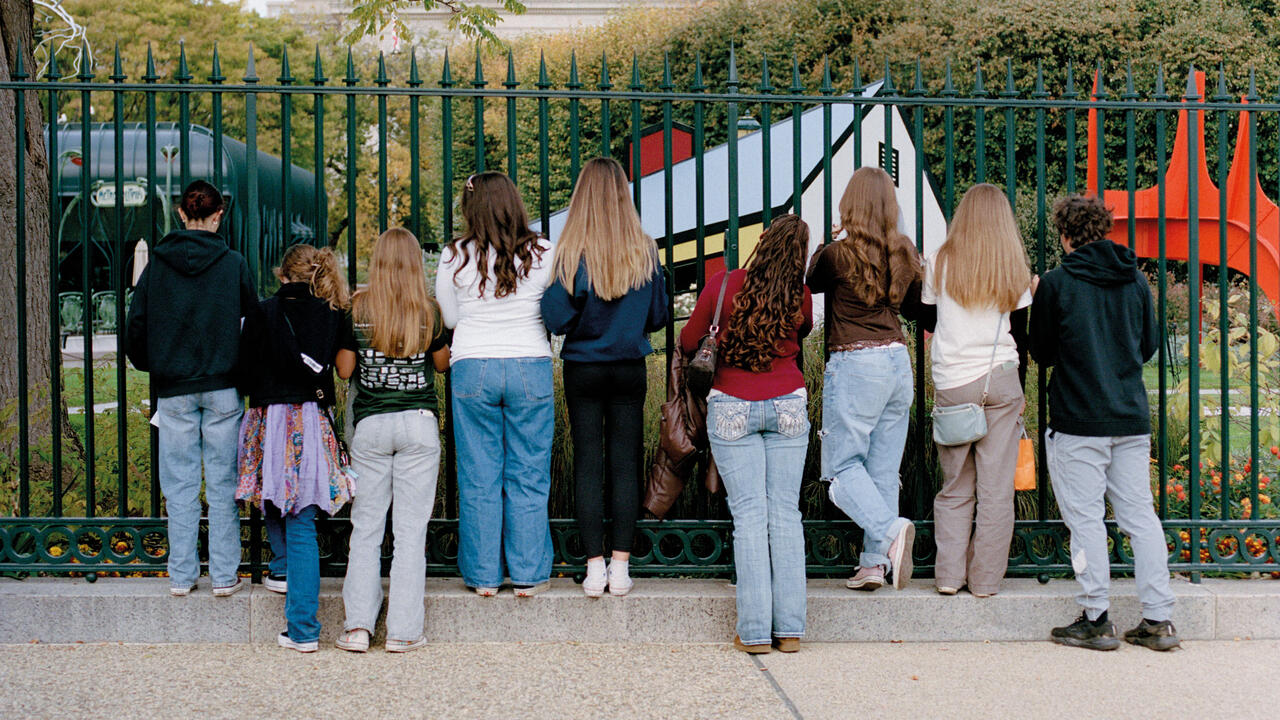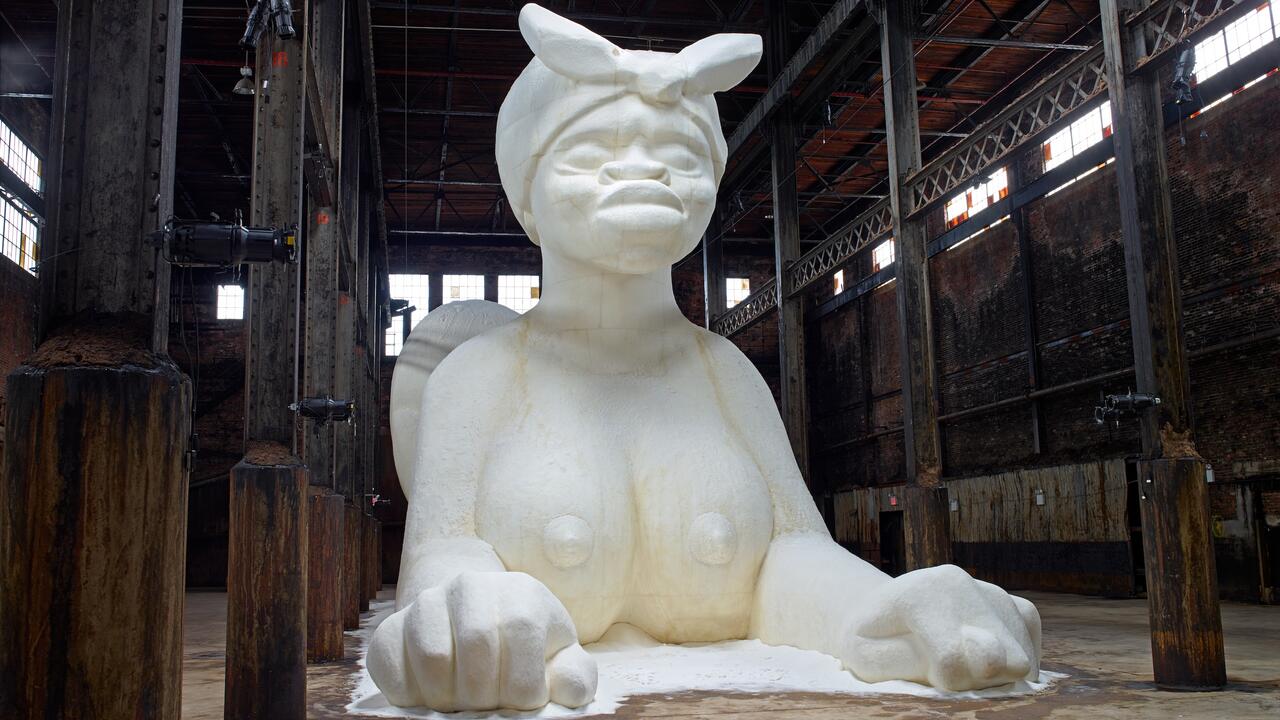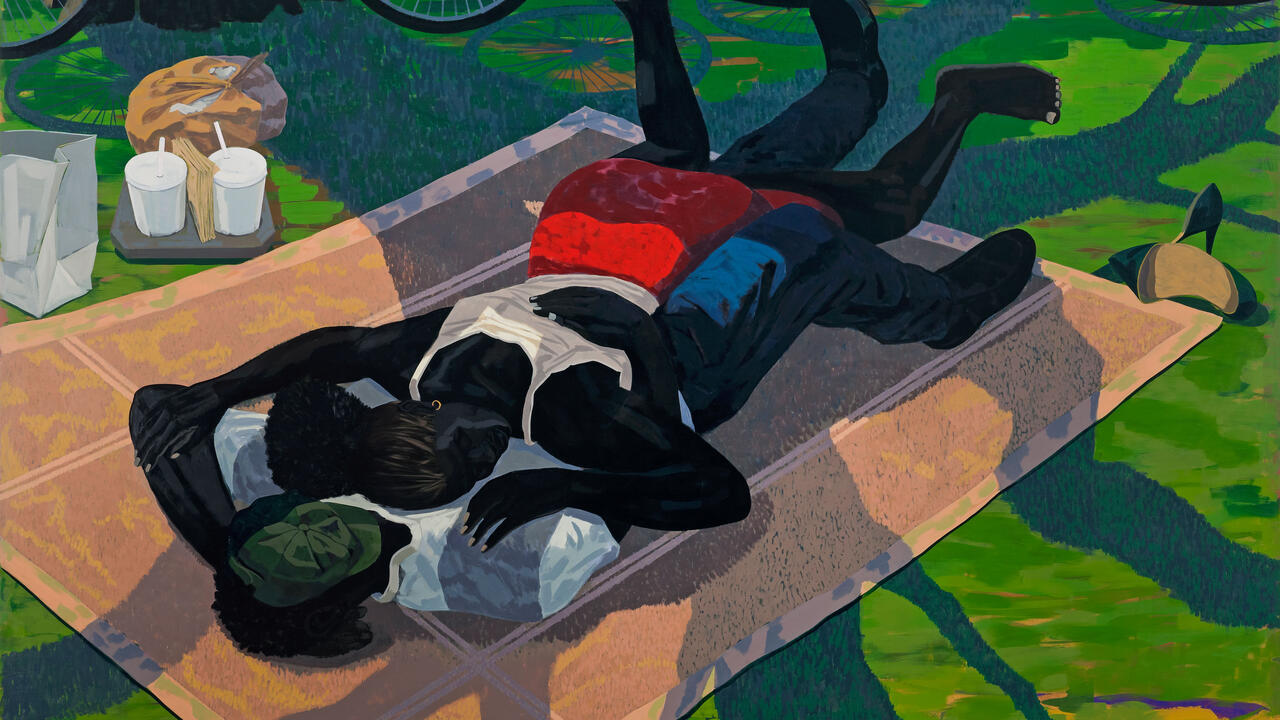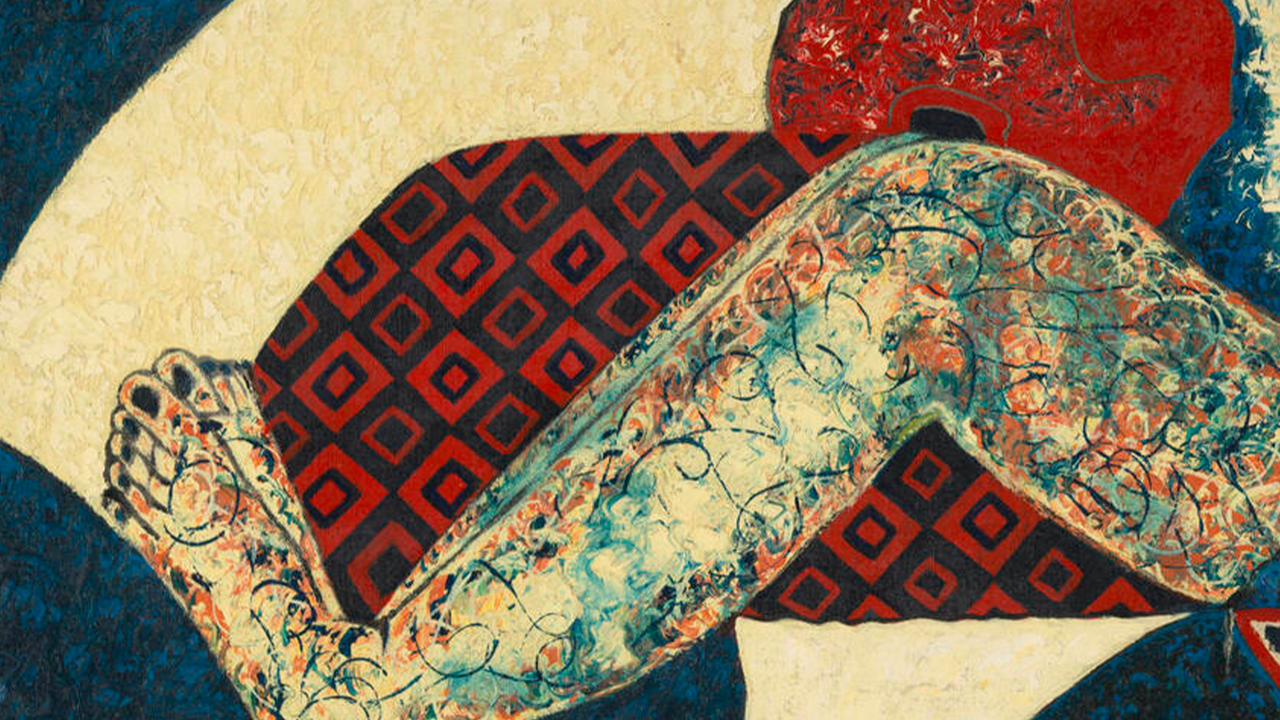Black Pulp!
A history of underground Black publishing, from W.E.B. Du Bois to #BlackLivesMatter
A history of underground Black publishing, from W.E.B. Du Bois to #BlackLivesMatter

In 1993, British theorist Paul Gilroy released a short essay called ‘Wearing your art on your sleeve’, in which he argued that in 1970s and ‘80s Britain, vernacular forms of art – notably record sleeves – were crucial forms of expression for immigrants from the country’s former colonies. From Prince to Donald Byrd, the era’s iconic cover art and the urban record stores where they were bought and sold were nothing less than a zone of critical expression for diasporic communities that were at once geographically fractured and excluded from the mainstream institutions of art production and criticism. In this way, Gilroy echoes the literary scholar Brent Edwards, who has argued that print media from the jazz age was similarly important in forming a sense of black internationalism, as books and magazines – translated and re-translated – crisscrossed the Atlantic.
During a broader cultural moment in which conversations around race at nation are once again in the foreground, the exhibition ‘Black Pulp!’, curated by Willam Villalongo and Mark Thomas Gibson at the International Print Center New York, engages with a lineage of the underground and vernacular modes used to organize and subvert during periods of de jure segregation. In particular, it takes on such record sleeves and Harlem Renaissance monthlies with aplomb, surrounding them with comic books, dust jackets, large-scale lithographs, and gravures by luminaries such as Wangechi Mutu and Fred Wilson. The show considers ‘pulp’ in its broadest sense, from hard-boiled serials to works on paper; this deep and rewarding dive into the archives offers sustained looking at vintage copies of Fire!! A Quarterly Devoted to Younger Negro Artists as well as the The Crisis, edited by W.E.B. Du Bois. Situated amid original editions of classics by James Weldon Johnson, and Countee Cullen, such magazines show the genesis of distinctive deco-era silhouettes and modernist typography in the work of Aaron Douglas, Miguel Covarrubias and others. A similarly vivid graphic approach and play of Egyptology and machine aesthetic would re-emerge in the 1960s, taken up by afrofuturist forerunners Sun Ra and Earth Wind and Fire or, in the context of the exhibition, in a Ellen Gallagher’s 2005 mash-up of iridescent UFO and pharaonic statuary, titled Abu Simbel – a famed Nubian heritage site.

These are iconic modes, oft-imitated and familiar to many. But 'Black Pulp!' provides deeper cuts, too – a 1941 copy of Fortune magazine introducing its readers to the virtuoso painter Jacob Lawrence, offering ambivalent formal praise interspersed with more paternalistic interest in the ongoing 'story of the American Negro'. This spread, paired with Esquire diagrams of 'Black Dances' or an ad depicting a young boy speaking pidgin while eating watermelon, is a reminder of the onslaught of everyday visual culture that helped to undergird an entire system of knowledge and stereotype that contributed to the persistence of Jim Crow (segregation) laws.
Counterpoints both commercial and counter public are here too, in an early edition of Luke Cage, or the proto-Django Unchained cowboy of the Lobo comic series (1965). In a particularly biting instance, an irony-laden internal memo from Marvel Comics writer Dwayne McDuffie takes on the dated handling of black figures in comics. Here, he prods his colleagues by proposing a new (unrealized) book called Teenage Negro Ninja Thrashers, complete with 1970s stylings, outmoded lingo, and plenty of urban violence.

And this is where ‘Black Pulp!’ is most pressing – a reminder of the degree to which more everyday forms of visual culture can be important sites of imagination and resistance to more dominant forms of representation. In the accompanying catalogue, the curator Gibson shares his delight at the long-awaited trailer for the most recent Star Wars film (The Force Awakens, 2015). He notes that the first face most viewers saw was that of John Boyega, a black actor and flawed hero in a science-fiction universe either oblivious to race or beholden to shopworn archetypes (the wiseman, the trickster). Perhaps, as Villalongo and Gibson seem to argue, the cause of shifting deeply held notions of race and nationhood can be addressed writ large through popular media.
This message takes on an unexpected resonance in the wake of liberal electoral defeats in the United States and Europe, where very real questions of collective identity and belonging are resonant in new – and concrete – ways. The confluence of the popular and the political was evidenced this fall in New York, when Mike Pence, the Vice-President elect, was booed at a performance of the smash musical Hamilton, a hip-hop fantasia that subversively reminds viewers of the way blackness defined the American project from its inception. As Pence left the theatre, Aaron Dixon (who plays Aaron Burr), addressed him directly: ‘We hope that this show has inspired you to uphold our American values and work on behalf of all of us…We thank you for sharing this wonderful American story, told by a diverse group of men and women of different colors, creeds and orientations.’

Of course, the landscape of racism and popular activism has been shifting for years, even prior to the US election – and in the wake of renewed debates around police violence and the carceral state, a project like Pope.L’s The Great White Way (1990) feels uncannily resonant. A segment of the video – which documents a Superman-costumed Pope.L crawling from the Staten Island ferry to the Bronx along the city’s famed Broadway – is displayed at floor level at 'Black Pulp!’, in a pool of gleaming resin. It is a visceral reminder of both the yawning gulf of inequality in a city of gilded skyscrapers, told, literally, from below, as an act of will and exertion. The Great White Way illustrates curator Hamza Walker’s observation that, in spite of real gains for people of color in the art world, as ‘for transcending race, here we are, still somewhere under the rainbow where none of us is absolved from history.’ It’s worth noting that Pope.L’s performance and Paul Gilroy’s observations about the power of the record shop were concurrent with another moment of racial upheaval in the US, in response to the beating of Rodney King by the Los Angeles Police Department in 1991. Arguably, the most potent cultural production of that period was not visual but musical – Public Enemy’s Fear of a Black Planet, for instance, or Ice Cube’s AmeriKKKa’s Most Wanted.
Twenty-five years later, Ice Cube is a blockbuster actor, and hip-hop – once a primarily countercultural form – has come to define the popular landscape. To find truly contemporary parallels to the political clarity of The Crisis or the visionary mutations of Sun Ra, one must take to the Internet. The popular, inclusive platform of Black Lives Matter, the Instagram feed of @forfreedoms or the Youtube playlists of Frank Ocean and Blood Orange might just constitute a newer ‘pulp’, for their ability to promote dissent or subtly re-engineer wider cultural discourses. These more homegrown models contrast with the recent success of black cultural producers in previously inaccessible cultural arenas like television and fine art, from Shonda Rhimes to Kerry James Marshall. This reality presents a paradox: in contrast to a mid-century in which black artists were forced to improvise new forms of organization and consciousness building, the present is marked by a deceptive plenitude. On a recent episode of The Daily Show, the conservative commentator Tomi Lahren was able to both dismiss Black Lives Matter and American footballer Colin Kaepernick’s unwillingness to stand for the national anthem as ‘the wrong kind of protest’ while maintaining that, as a millennial ‘she doesn’t see color’. On the basis of cultural consumption alone, it may seem that blackness is everywhere – to the extent that one might misrecognize airtime for equity.

On one hand, very real progress has been made in what Stuart Hall once called ‘access to representation’, but it remains to be seen whether newer forms of publicity – such as Black Lives Matter’s social media presence – can enact an agenda beyond the discursive, in the model of imperfect but organized forebears (such as the NAACP or the Black Panthers) that galvanized their followers through the sort of publications featured in ‘Black Pulp!’. Ultimately, the exhibition is a timely reminder of the on-going vitality of seemingly small acts, the underground or improvised currents that operate alongside or underneath systems of power and control.
Main image: Billy Graham and Luke Cage, Hero for Hire #13, 1973, paper comic book published by Marvel Comics. Courtesy: © MARVEL and William Villalongo






















